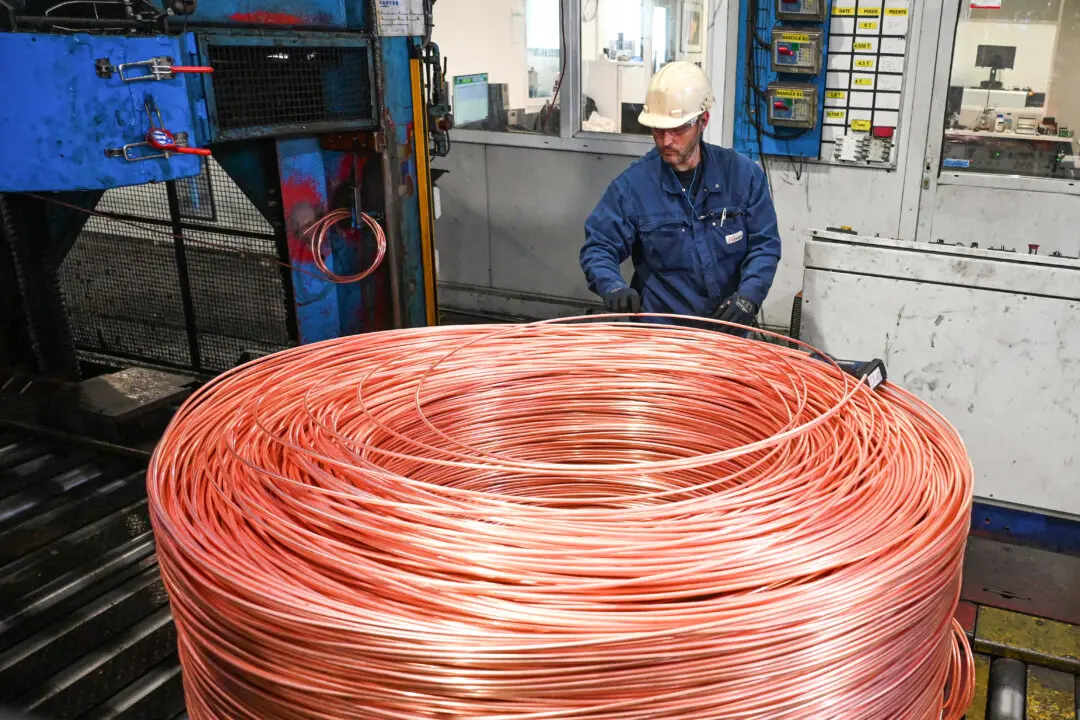The Chinese regime is hiding trillions of dollars in “shadow reserves,” according to an economist and former Obama-era Treasury Department official.
Brad Setser, who served on President Joe Biden’s 2020 transition Agency Review Team, recently warned that China possesses far more foreign exchange reserves than the regime is reporting. He estimated in The China Project that Beijing likely has roughly $3 trillion “hidden,” something that could threaten the global economy in the future.





